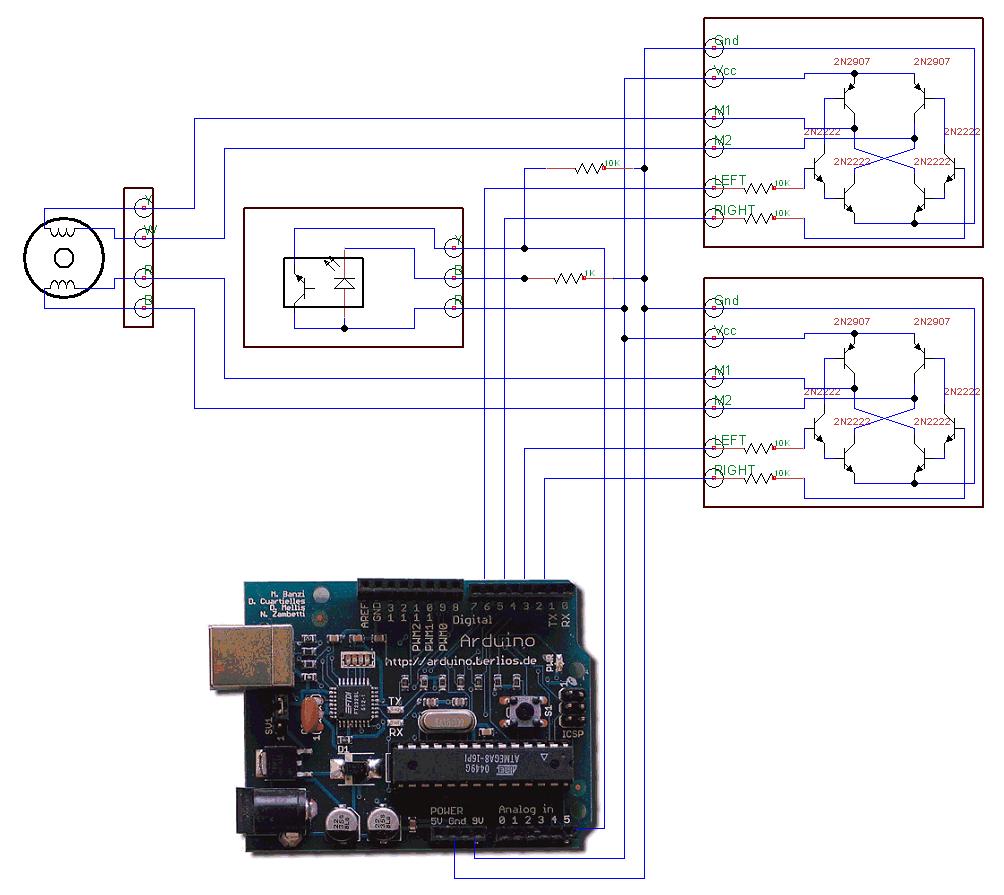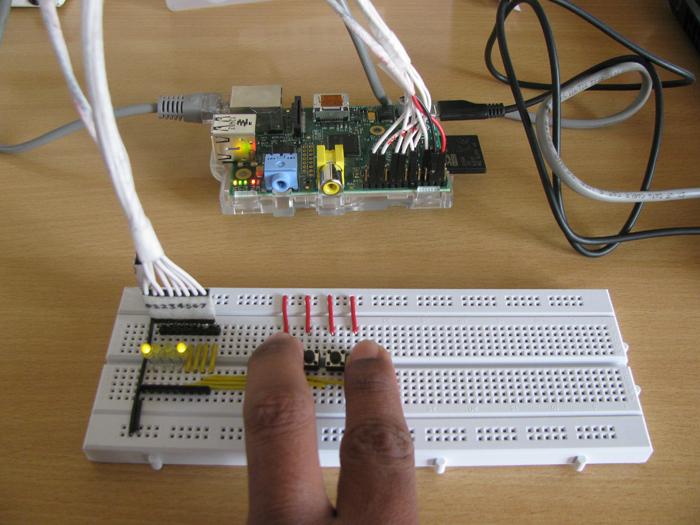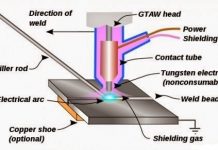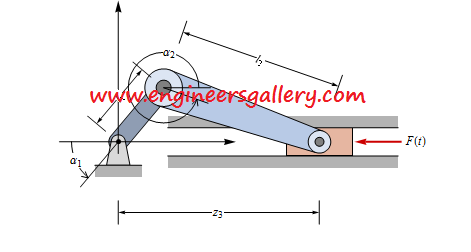ABSTRACT:
Mining opinion targets and opinion words from online reviews are important tasks for fine-grained opinion mining, the key component of which involves detecting opinion relations among words. To this end, this paper proposes a novel approach based on the partially-supervised alignment model, which regards identifying opinion relations as an alignment process. Then, a graph-based co-ranking algorithm is exploited to estimate the confidence of each candidate. Finally, candidates with higher confidence are extracted as opinion targets or opinion words. Compared to previous methods based on the nearest-neighbor rules, our model captures opinion relations more precisely, especially for long-span relations. Compared to syntax-based methods, our word alignment model effectively alleviates the negative effects of parsing errors when dealing with informal online texts. In particular, compared to the traditional unsupervised alignment model, the proposed model obtains better precision because of the usage of partial supervision. In addition, when estimating candidate confidence, we penalize higher-degree vertices in our graph-based co-ranking algorithm to decrease the probability of error generation. Our experimental results on three corpora with different sizes and languages show that our approach effectively outperforms state-of-the-art methods.
EXISTING SYSTEM:
- In previous methods, mining the opinion relations between opinion targets and opinion words was the key to collective extraction. To this end, the most adopted techniques have been nearest-neighbor rules and syntactic patterns.
- Nearest neighbor rules regard the nearest adjective/verb to a noun/noun phrase in a limited window as its modifier.
- Syntactic information, in which the opinion relations among words are decided according to their dependency relations in the parsing tree.
DISADVANTAGES OF EXISTING SYSTEM:
- Nearest neighbor rules strategy cannot obtain precise results because there exist long-span modified relations and diverse opinion expressions.
- Syntactic patterns are prone to errors. Online reviews usually have informal writing styles, including grammatical errors, typographical errors, and punctuation errors. This makes the existing parsing tools, which are usually trained on formal texts such as news reports, prone to generating errors.
- The collective extraction adopted by most previous methods was usually based on a bootstrapping framework, which has the problem of error propagation
PROPOSED SYSTEM:
- To precisely mine the opinion relations among words, we propose a method based on a monolingual word alignment model (WAM). An opinion target can find its corresponding modifier through word alignment.
- We further notice that standard word alignment models are often trained in a completely unsupervised manner, which results in alignment quality that may be unsatisfactory. We certainly can improve alignment quality by using supervision. However, it is both time consuming and impractical to manually label full alignments in sentences. Thus, we further employ a partially-supervised word alignment model (PSWAM).
- We believe that we can easily obtain a portion of the links of the full alignment in a sentence. These can be used to constrain the alignment model and obtain better alignment results. To obtain partial alignments, we resort to syntactic parsing.
- To alleviate the problem of error propagation, we resort to graph co-ranking. Extracting opinion targets/ words is regarded as a co-ranking process. Specifically, a graph, named as Opinion Relation Graph, is constructed to model all opinion target/word candidates and the opinion relations among them.
ADVANTAGES OF PROPOSED SYSTEM:
- Compared to previous nearest-neighbor rules, the WAM does not constrain identifying modified relations to a limited window; therefore, it can capture more complex relations, such as long-span modified relations.
- Compared to syntactic patterns, the WAM is more robust because it does not need to parse informal texts. In addition, the WAM can integrate several intuitive factors, such as word co-occurrence frequencies and word positions, into a unified model for indicating the opinion relations among words. Thus, we expect to obtain more precise results on opinion relation identification.
- The alignment model used has proved to be effective for opinion target extraction.
MODULES:
Online Shopping Module
Co-Extraction of Opinion Targets
User Rating Module
Data Collection Module
Graph Rating Detection
Positive and Negative Ratings
MODULES DESCRIPTION:
Online shopping Module
In the module, we developed a website for online shopping. The user can purchase products and also has the facility to provide ratings and their suggestions as feedback. In this module, the admin can add product details (product name, price, validity etc..) based on the category likes mobiles, computers, laptops etc., and maintain the product details. The user enter their credit card details, the credit card is validated. If the card details is valid, the user can purchase their items. The user can select purchasing products displayed in the home page or search the product using keyword or based on category. Then user can purchase the product using credit/debit card. To purchase, the user need to provide the following details like (credit card number, card holder name, date of birth, credit card provider). If the credit card is valid the user is allowed to purchase the product.
Co-Extraction of Opinion Targets:
In this module, we develop the system such that To extract and analyze opinions from online reviews, it is unsatisfactory to merely obtain the overall sentiment about a product. In most cases, customers expect to find fine-grained sentiments about an aspect or feature of a product that is reviewed. Readers expect to know that the reviewer expresses a positive opinion of the phone’s screen and a negative opinion of the screen’s resolution, not just the reviewer’s overall sentiment. To fulfill this aim, both opinion targets and opinion words must be detected. First, however, it is necessary to extract and construct an opinion target list and an opinion word lexicon, both of which can provide prior knowledge that is useful for fine-grained opinion mining.
User Rating Module
In this module, the user is allowed to have the facility of providing their feedback in form of ratings regarding the service provider. User ratings are considered as one of the important factor as they play a vital role in the purchase of the product. Wrong/unfair ratings may lead to severe problems in many systems. So in this module, we collect the user ratings and secure them.
Data Collection Module
In this module, the entire user profiles value and ratings are collected. User profiles values also include their time, duration and rating values etc. All the user profiles including ratings values are saved securely.
Graph Rating Detection Module
In this module, all the data’s collected are used as a dataset. In the Dataset, we identify the Positive and Negative user ratings by number of feedbacks provided. The graph displays the user’s feedback across positive and negative terminals with overall total ratings as well.
Positive and Negative Ratings:
In this module, we develop the system such that user of the portal can have the rights to provide the positive and negative ratings to the product which he/she buys, such that the admin can view the list of ratings.
SYSTEM REQUIREMENTS:
HARDWARE REQUIREMENTS:
System : Pentium IV 2.4 GHz.
Hard Disk : 40 GB.
Floppy Drive : 1.44 Mb.
Monitor : 15 VGA Colour.
Mouse : Logitech.
Ram : 512 Mb
SOFTWARE REQUIREMENTS:
Operating system : Windows XP/7.
Coding Language : JAVA/J2EE
IDE : Netbeans 7.4
Database : MYSQL
click Here To Download












